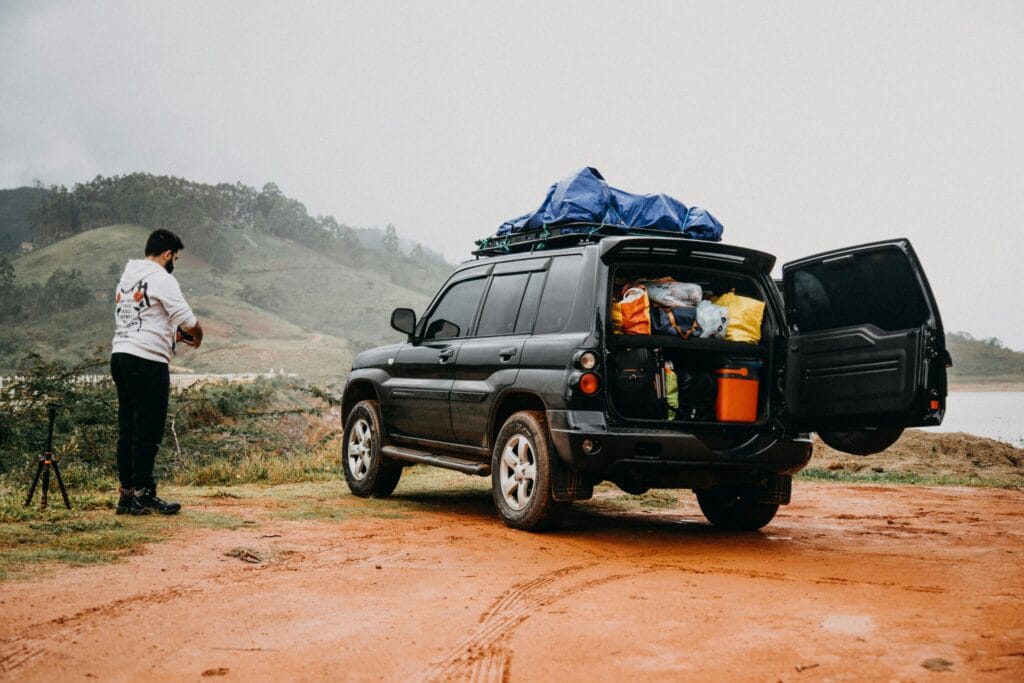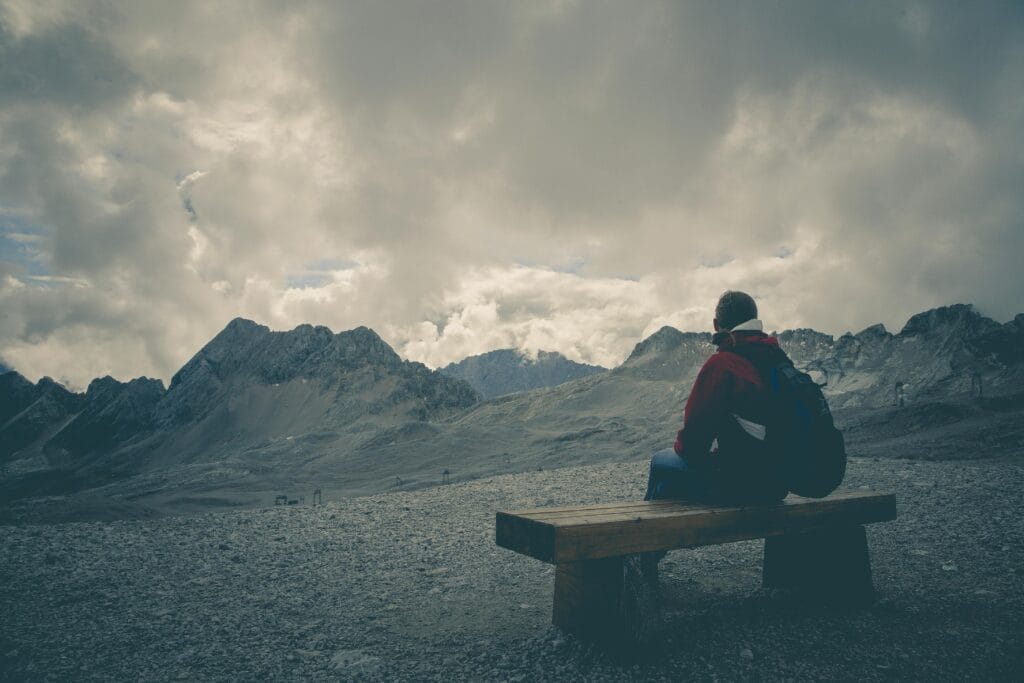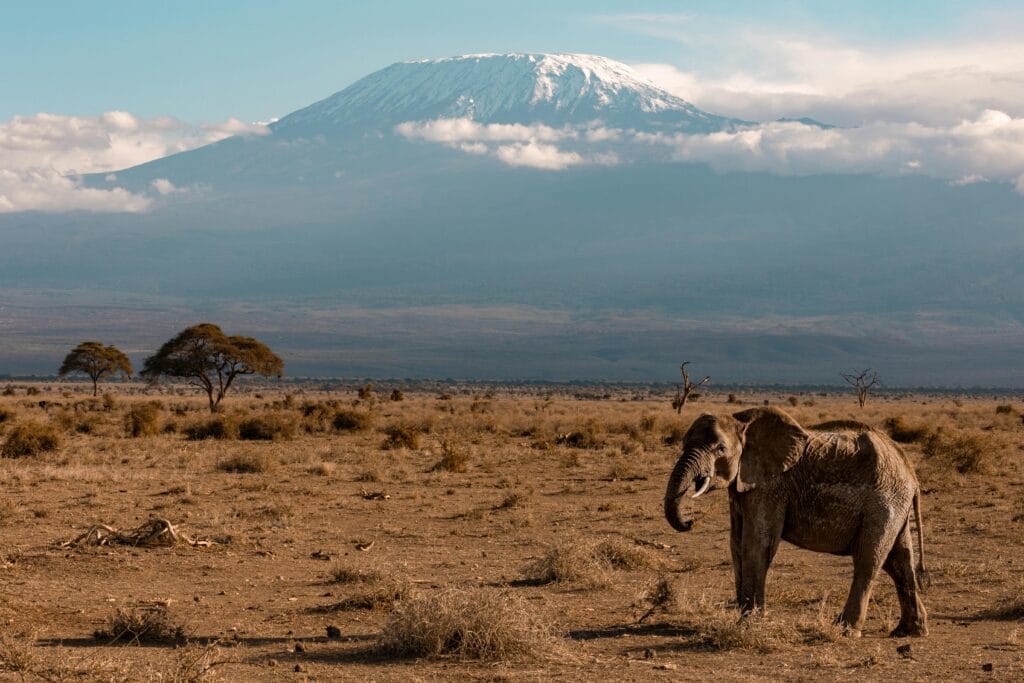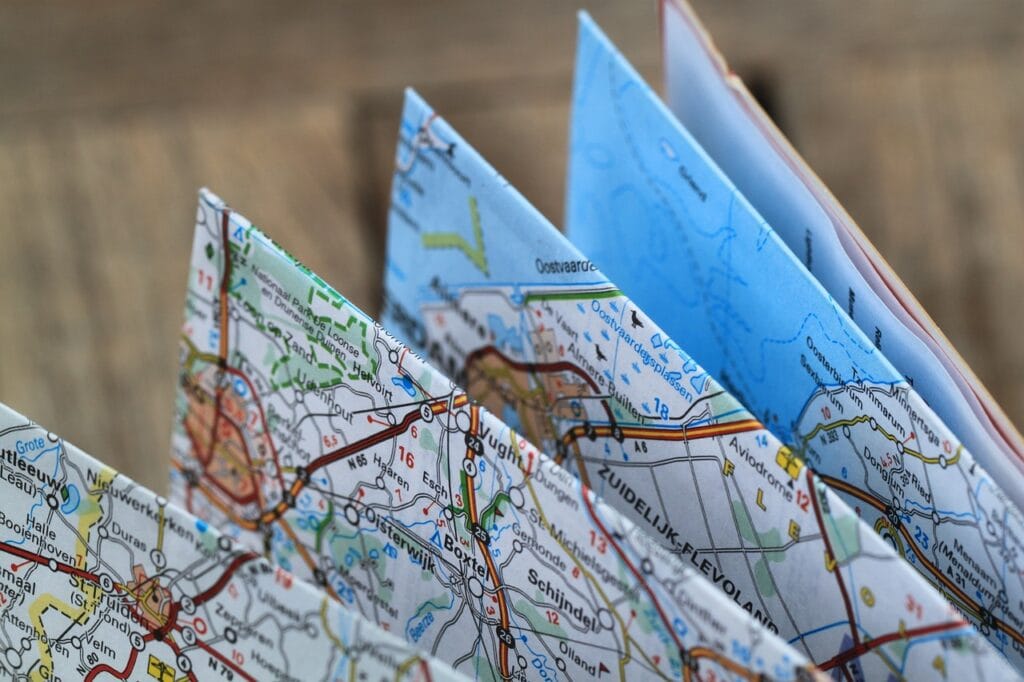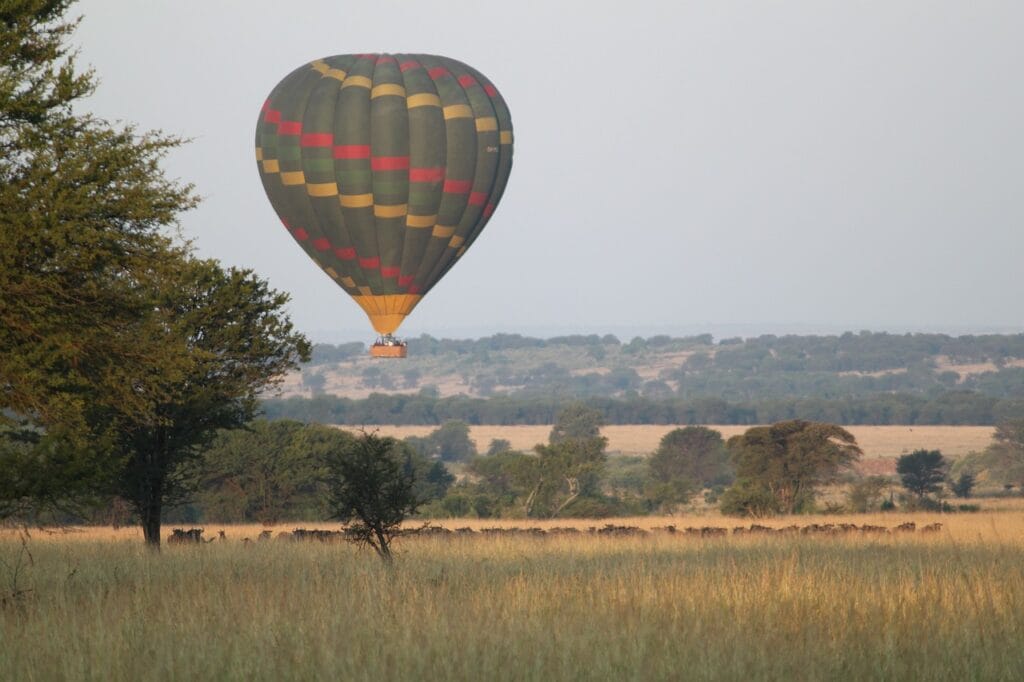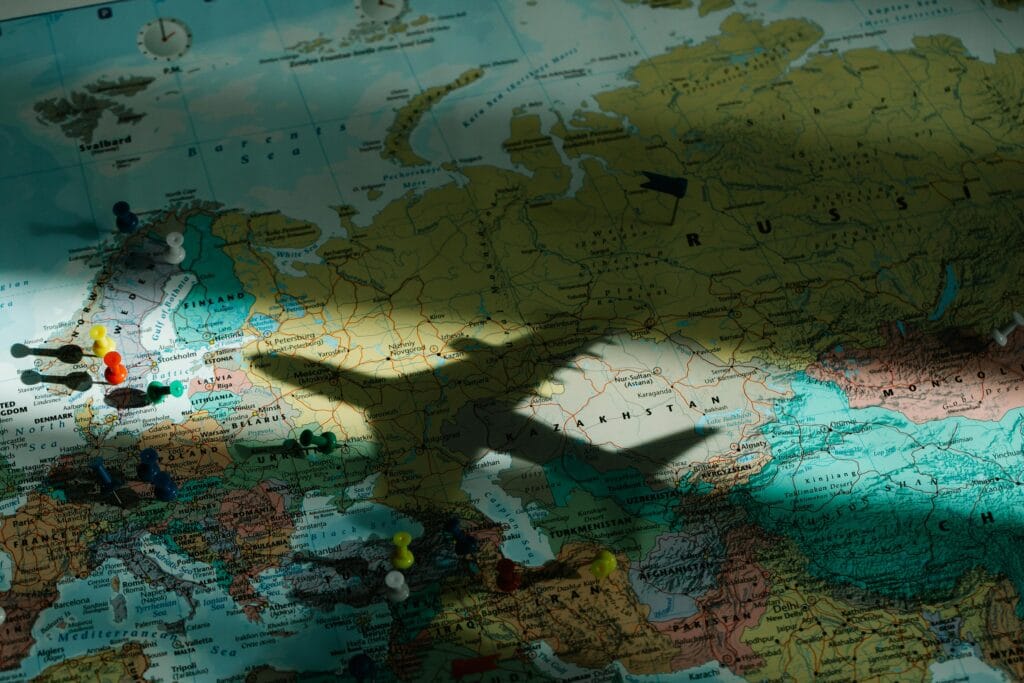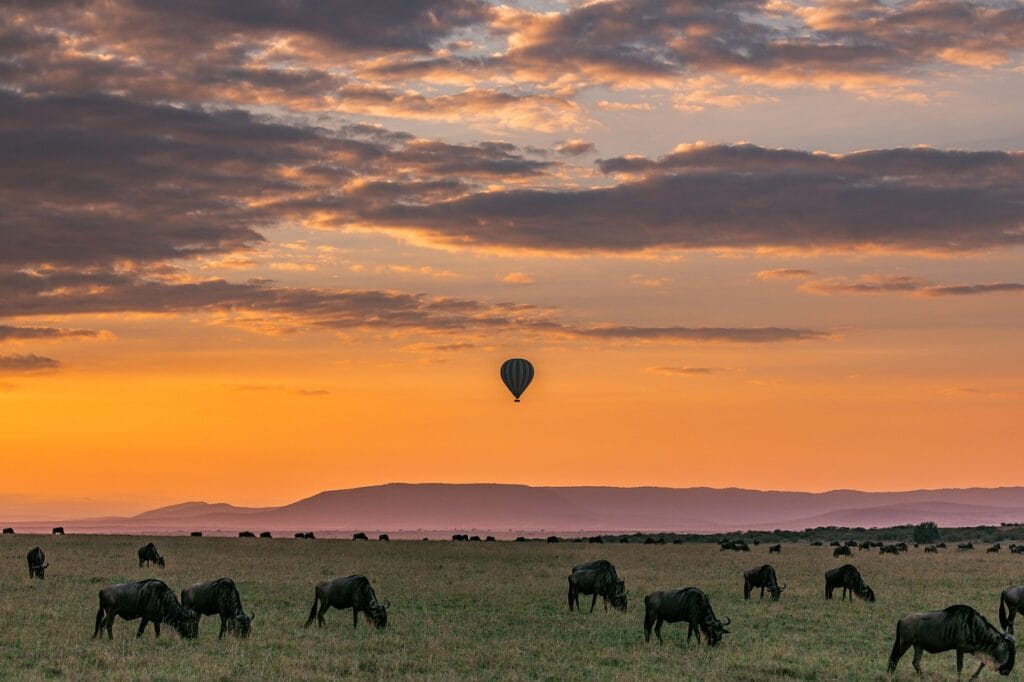Preparing for high-altitude travel
Traveling to high-altitude destinations can be an unforgettable adventure, offering breathtaking scenery and unique experiences. However, the reduced oxygen levels at higher altitudes can pose challenges. Proper preparation is essential to ensure a safe and enjoyable trip. Here’s how you can get ready for high-altitude travel. Customize Your Travel 1. Understand the Effects of High AltitudeHigh altitude is typically considered to be above 2,500 meters (8,200 feet). At these elevations, the air contains less oxygen, which can lead to altitude sickness. Symptoms of Altitude Sickness: Headaches Fatigue Shortness of breath Nausea or dizziness Serious Conditions to Watch For: High-Altitude Pulmonary Edema (HAPE): Fluid buildup in the lungs. High-Altitude Cerebral Edema (HACE): Swelling in the brain. 2. Consult a Doctor Before TravelingVisit a healthcare provider to discuss your trip, especially if you have pre-existing conditions like heart or lung disease. Preventive Medications: Acetazolamide (Diamox): Helps the body acclimatize faster. Dexamethasone: Reduces severe altitude sickness symptoms. Vaccinations: Check if any are required for your destination. 3. Train Your BodyPhysical fitness can help your body adapt to the challenges of high-altitude travel. Exercise Routine: Build endurance with cardiovascular activities like running or cycling. Strengthen muscles with weight training to prepare for hiking or trekking. Simulate Altitude: Use an altitude mask or train in high-altitude areas if possible. 4. Acclimatize GraduallyAcclimatization is key to avoiding altitude sickness. Tips for Adjusting to Altitude: Ascend slowly, giving your body time to adapt. Spend a few days at mid-altitude before reaching higher elevations. Follow the “climb high, sleep low” principle. 5. Stay Hydrated and Eat WellYour body works harder at high altitudes, so proper nutrition and hydration are essential. Drink Plenty of Water: Aim for 3-4 liters per day to counteract dehydration. Avoid alcohol and caffeine, as they can worsen dehydration. Eat Carbohydrate-Rich Foods: Carbs provide quick energy and aid oxygen delivery to muscles. 6. Pack Smart for High-Altitude TravelHaving the right gear can make all the difference. Essential Items: Layers of warm clothing: Temperatures drop significantly at night. Sunscreen and sunglasses: UV exposure is higher at altitude. Comfortable hiking boots: Essential for uneven terrain. First-aid kit: Include altitude sickness medication and pain relievers. Portable oxygen canister: Helpful in emergencies. 7. Learn Breathing TechniquesControlled breathing can help you adjust to lower oxygen levels. Deep Breathing Exercises: Practice slow, deep breaths to increase oxygen intake. Incorporate diaphragmatic breathing to improve lung efficiency. 8. Recognize and Respond to Symptoms QuicklyIf you experience symptoms of altitude sickness, take immediate action. What to Do: Rest and avoid further ascent until symptoms subside. Descend to a lower altitude if symptoms worsen. Use supplemental oxygen if necessary. 9. Choose a Reliable Tour OperatorTraveling with an experienced tour operator can enhance safety and enjoyment. Why It Matters: Guides know the terrain and can assist with acclimatization. Operators often provide oxygen and emergency evacuation plans. Future African Safari Options: Kilimanjaro climbing tours with expert guides. High-altitude treks in the Ngorongoro Highlands. 10. Enjoy the JourneyWhile high-altitude travel requires preparation, the rewards are immense. Stunning vistas, unique wildlife, and cultural experiences await. With the right planning, you can make the most of your adventure. Embark on your high-altitude journey with Future African Safari for a seamless and unforgettable experience. Whether you’re scaling Kilimanjaro or exploring elevated terrains, we ensure your safety and enjoyment every step of the way. Customize Your Travel Kilimanjaro 3 tours Safari 9 tours Zanzibar 3 tours

